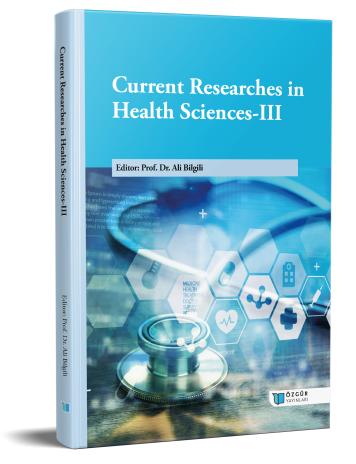
Bacillus cereus Isolates Obtained from Food Used in Infant and Child Nutrition
Chapter from the book:
Bilgili,
A.
(ed.)
2023.
Current Researches in Health Sciences-III.
Synopsis
In the present study, a total of 80 sample materials were used (30 powdered baby formulas, 25 jarred baby foods, and 25 cereal-based products). The isolation of Bacillus cereus from the samples was performed with the classical culture technique. The isolates were confirmed as B. cereus with PCR targeting the hemolysin gene. Emetic (ces) and diarrheal toxin genes (nhe, hbl, cytK) were detected by multiplex PCR in confirmed isolates.
As a result of the study, 62.5% (50/80) of the samples were found to be contaminated with B. cereus. B. cereus could not be detected in jarred baby foods. B. cereus was detected at 83.3% (25/30) and 100% (25/25) in powdered baby foods and cereal-based products, respectively. Thirteen (26%) of 50 isolates confirmed by PCR carried at least one gene responsible for toxin synthesis. Only nhe gene was found in three (6%) isolates, and nhe and cytK genes were found together in 10 (20%) isolates. It was found that none of the isolates had ces and hbl genes and all isolates were able to form hemolysis on blood agar and two isolates were psychrotrophic. In conclusion, the presence of enterotoxigenic and psychrotrophic B. cereus strains in powdered baby formulas and cereal-based products may be risky for infants and young children whose immune systems and intestinal microbiota are not fully developed.

